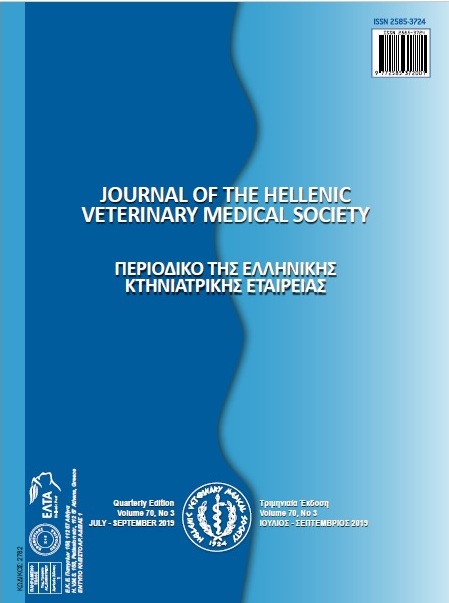Risk assessment of mercury and methyl mercury intake via sardine and swordfish consumption in Algeria

Abstract
Total mercury (Hg) and methylmercury (MeHg) concentrations in the flesh of sardine (Sardina pilchardus) and swordfish (Xiphias gladius) fished in three Algerian coasts were determined by a direct mercury analyzer (DMA). We also assessed the risk to which the consumer was exposed to by calculating the estimated daily intakes (EDIs), target hazard quotient (THQ) and hazard index (HI). The average concentrations of Hg and MeHg in the flesh of sardine were similar (0.04 mg/kg wet weight) and in swordfish were 0.61 mg/kg wet weight; 0.57 mg/kg wet weight, respectively. These concentrations have not surpassed the thresholds set by the Algerian and European regulations. The estimated daily intakes for Hg and MeHg were similar in sardine (0.0064 μg/kg/day) and were 0.098 μg/kg/day and 0.092 μg/kg/day for Hg and MeHg, respectively, in swordfish. These values did not exceed the provisional tolerable weekly intake (PTWI) established by the European Food Safety Authority (EFSA) and by the Joint FAO/WHO Expert Committee on Food Additives (JECFA). The target hazard quotient (THQ) and the hazard index (HI) calculated were < 1. Consequently, consumption of these fishes does not pose any risk for the adult groups of the Algerian population regarding mercury, and methylmercury studied.
Article Details
- How to Cite
-
MEHOUEL, F., BOUAYAD, L., BERBER, A., VAN HAUTEGHEM, I., & VAN DE WIELE, M. (2019). Risk assessment of mercury and methyl mercury intake via sardine and swordfish consumption in Algeria. Journal of the Hellenic Veterinary Medical Society, 70(3), 1679–1686. https://doi.org/10.12681/jhvms.21792
- Issue
- Vol. 70 No. 3 (2019)
- Section
- Research Articles

This work is licensed under a Creative Commons Attribution-NonCommercial 4.0 International License.
Authors who publish with this journal agree to the following terms:
· Authors retain copyright and grant the journal right of first publication with the work simultaneously licensed under a Creative Commons Attribution Non-Commercial License that allows others to share the work with an acknowledgement of the work's authorship and initial publication in this journal.
· Authors are able to enter into separate, additional contractual arrangements for the non-exclusive distribution of the journal's published version of the work (e.g. post it to an institutional repository or publish it in a book), with an acknowledgement of its initial publication in this journal.
· Authors are permitted and encouraged to post their work online (preferably in institutional repositories or on their website) prior to and during the submission process, as it can lead to productive exchanges, as well as earlier and greater citation of published work.


